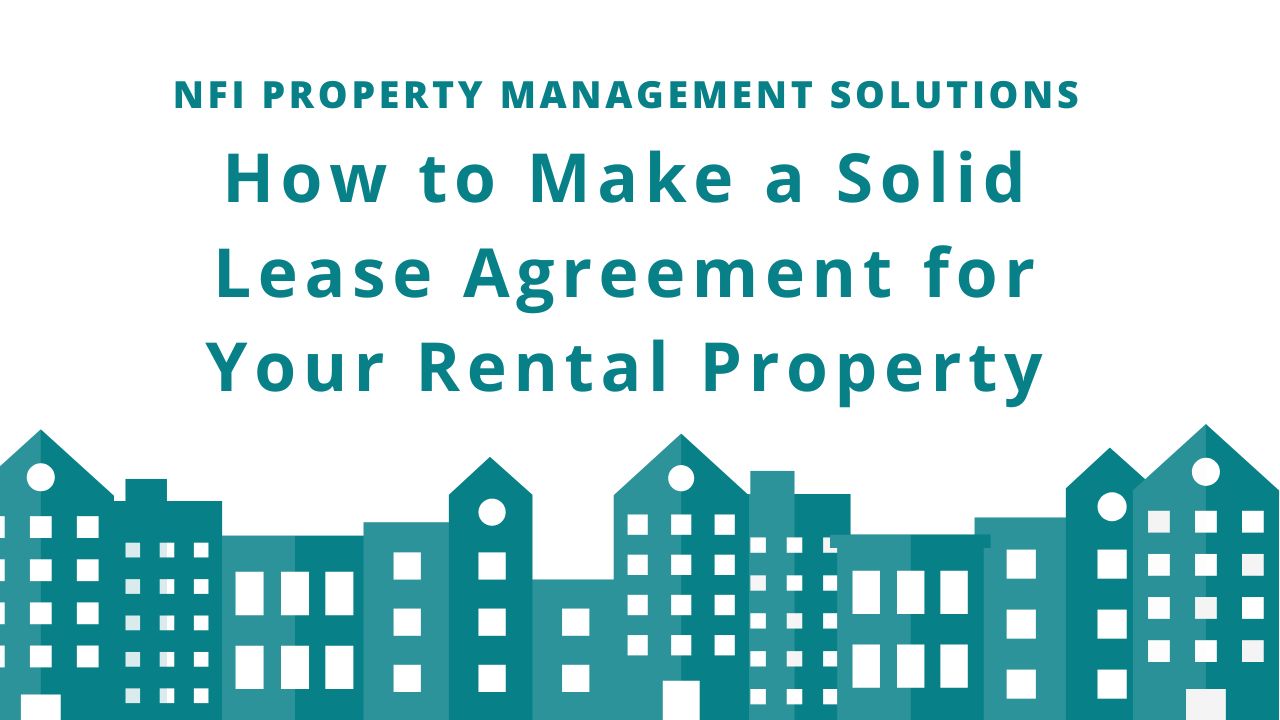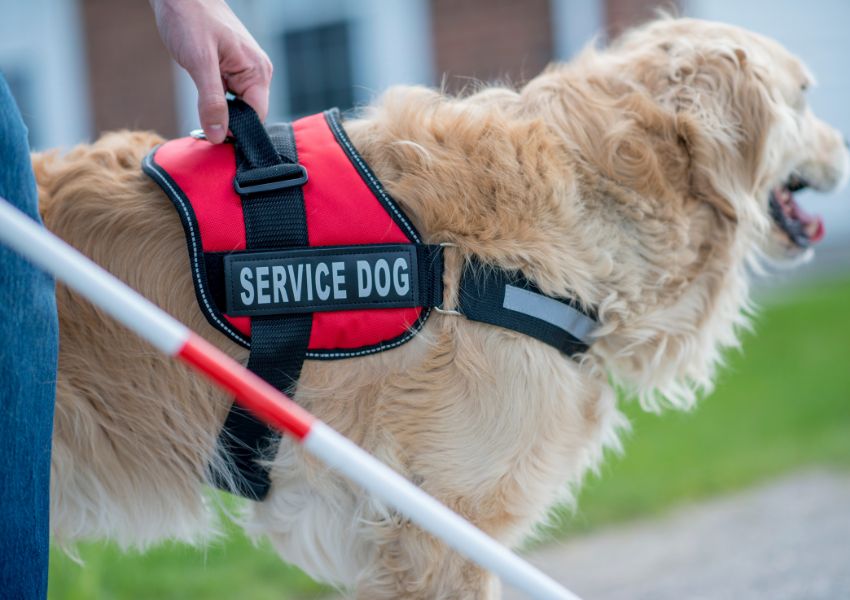
Without a lease agreement, it can be difficult for landlords to agree with tenants on the rental terms and conditions of a tenancy.
A written lease will help both parties be aware of their responsibilities. It will also help you in court if ever a tenant files a lawsuit. To reduce any potential conflicts, it’s essential to make your rental agreement clear, detailed, and specific. This article will answer some key questions to help you better understand what a solid rental agreement might look like.
What’s a Lease For?
A leasing agreement outlines the policies for your rental property. All vital information is contained in the contract. The lease also lets renters know what rules and responsibilities they need to comply with.
We recommend drafting a written lease agreement instead of relying on an oral one. Without a paper trail, people can forget or deny the leasing terms. A written lease can also be presented as evidence in the court of law. If you don’t have a written lease, it will be hard to prove your case.
How Can I Create a Lease Agreement?
Landlords can draft a lease in a few ways. As a landlord, you might:

- Do it Yourself. It’s possible to make a lease on your own. However, we suggest you only do so if you’re familiar with state laws and local regulations. Your leasing conditions need to adhere to property laws and the Fair Housing Act, or else you might face legal repercussions.
- Reference an Online Template. Although online templates are convenient, they’re also usually generic. Careful to adjust a template by detailing the clauses necessary for your specific rental unit.
- Hire a Property Manager. With a property management company handling your rental, one of the many benefits you’ll reap is having the lease handled for you. Property managers have extensive experience drafting leases in line with landlord tenant law.
What are the Basics of a Lease Agreement?
While lease agreements are different for all landlords, the basics are similar. Leases need to contain the following information:
Landlord and Tenant Information.
Complete names of the parties to the lease need be written down on the contract. The lease also needs to specify the full rental property name and address. For apartments and condo units, make sure that the door number also appears in the lease to identify the specific rental property.
Rent Due Date.
To avoid confusion, it’s best to write the full rent date to encourage renters to pay on the specific period. For example, spell out the due date as clearly as January 1, 2023.
Rent Amount.
Use both words and figures when writing down the rent amount. If you’re collecting other fees like pet fees and parking fees, separate and place them in another section to limit confusion.
Rental Term.
Write down the full rental period in complete form. For example, January 1, 2023 to December 31, 2023. If you simply write it as one year, this can become a loophole and you might end up dealing with overstaying renters.
Signatures of Both Parties.
Both landlord and tenant signatures need to be on the lease agreement.

This signifies that both parties have reached an understanding concerning all the terms and conditions specified in the leasing agreement.
What Clauses Do I Include in the Lease?
Once all the basics of the lease agreement are covered, you can consider the clauses. Any differences between clauses are minor since they’re governed by State laws. Here are some areas we suggest including clauses on in your lease agreement:
Security Deposits.
Landlords face a lot of risks when accepting occupants on their property. One way to reduce their risk is by requesting a security deposit from tenants. This deposit can go towards fixing property damage outside of wear and tear.
If the rental space is well taken care of, the landlord needs to refund the entire security deposit after the tenancy period. The lease agreement needs to contain the security deposit amount and how it’s being stored, including the interest rate if required by the state.
Pet Policies.
Landlords have the choice to accept tenants with pets or not. If you have an open-door policy on pets then you must be specific on the breed, the number of pets allowed, and any pet fees. Be aware that service animals are not considered pets under The Fair Housing Act however, and disabled persons cannot be charged a pet deposit.

Your requirements on insurance and vaccines should also be present on the lease agreement, including how violations are dealt with.
Subletting Policies.
If you’re more lenient and permit renters to sublet or take in other tenants to split the rent, this needs to be stated on the lease. You can also make subletting conditional by requiring written approval from you first.
Breaking of the Lease.
There might be grounds for early lease termination. If a tenant is deployed for a military assignment, is a victim of domestic violence, or subjected to landlord harassment, they can end the lease early. If a landlord allows renters to move out early for job transfers or otherwise, these conditions must be found on the lease agreement.
Repairs.
For more control over the quality of property repairs, a landlord can emphasize on the lease that tenants are responsible for reporting property damage and can’t conduct self-repairs.
Tenant Obligations.
Landlords aren’t the only party with responsibilities. In fact, we recommend including tenant responsibilities in the lease. For example, tenants need to ensure sanitation by properly disposing of trash. They also need to minimize disturbance around the neighborhood.
What Are the Required Disclosures?
In the lease agreement, landlords are required to reveal to the renters if radon gas exists in the property, as well as lead paint and bed bugs. They must also disclose if the location is a flood zone.
Bottom Line: What to Include in a Rental Agreement
As a property owner, it’s crucial you understand what a good lease agreement looks like and why it’s important. Include the basic information of a lease, along with detailed clauses on various policies you have in regards to the tenancy.
A great rental agreement will protect you and your rental property. If you still have questions or need help creating a lease agreement, contact NFI Property Management Solutions today! You can reach us by dialing (850) 898-1230.
Disclaimer: This blog isn’t a substitute for expert legal advice. Also, laws change and this post might not be updated at the time of your reading. If you have any legal questions or concerns please reach out to a licensed attorney.